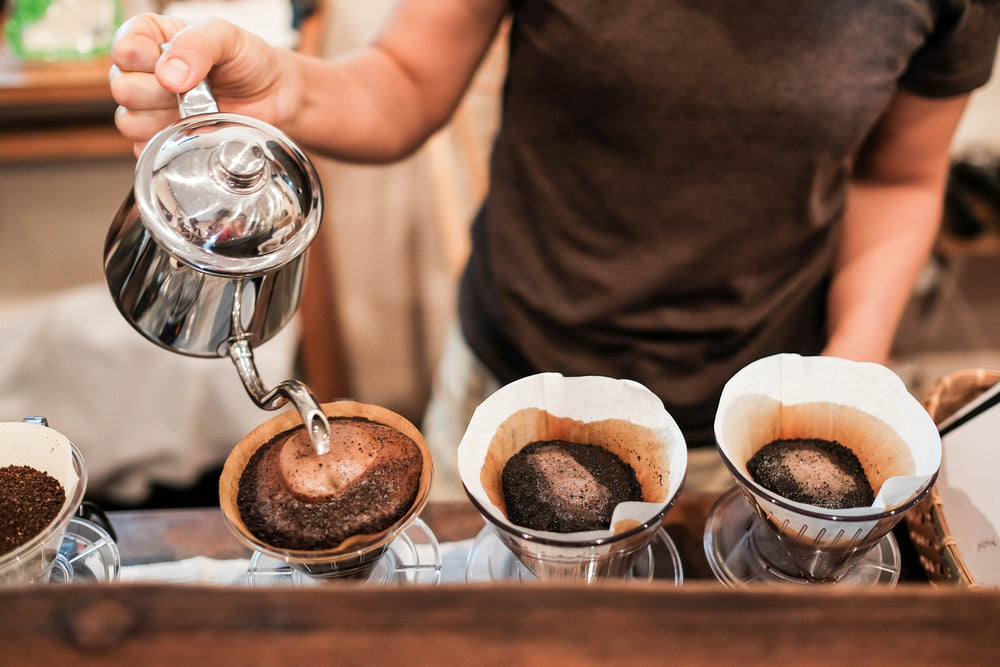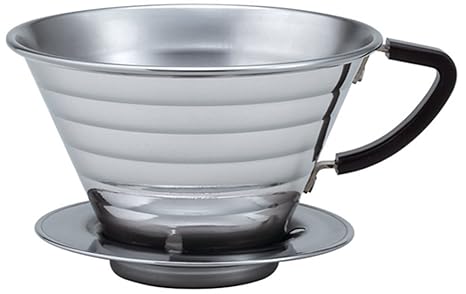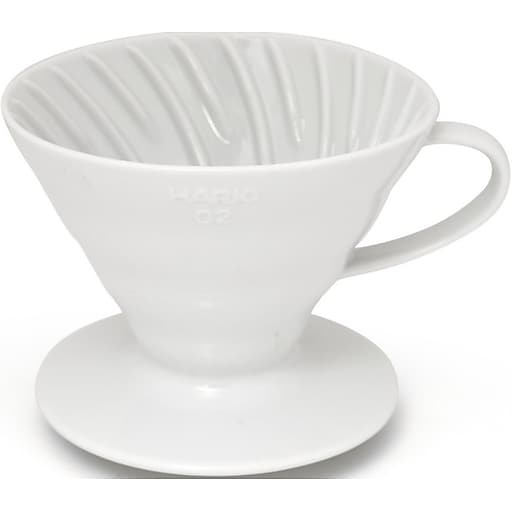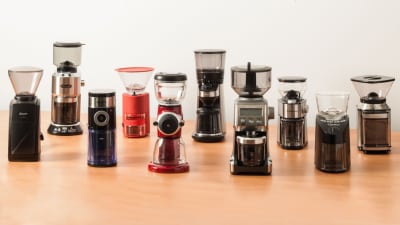Add description, images, menus and links to your mega menu
A column with no settings can be used as a spacer
Link to your collections, sales and even external links
Add up to five columns
Add description, images, menus and links to your mega menu
A column with no settings can be used as a spacer
Link to your collections, sales and even external links
Add up to five columns

How to Make Pour Over Coffee
June 13, 2019 5 min read
How to Make Pour Over Coffee
How to Make Pour Over Coffee
Making pour over coffee affords you better control over such factors as concentration and taste. The pour over coffee brewing method allows you to control the speed of the pour as opposed to drip coffee or French Press coffee, giving the water more time to come in contact with the grounds and brewing temperature, therefore, making a richer and more flavorful brew. Coffee drinkers who have converted to pour over coffee brewing method claim each cup tastes different. When you start to experiment with brewing coffee in a pour over coffee maker, then you will learn about subtle nuances in the flavor profile of different coffees. We recommend buying single origin coffees to learn about different flavor profiles.

Step 1. Pour Over Coffee Equipment & Pour Over Coffee Setup
Choosing Your Pour Over Coffee Cone
When making a perfectly brewed cup of pour over coffee, it is important that the pour over size is directly proportional to the quantity of coffee and water. This way you will eliminate the possibility of brewing at an inappropriate depth, which can cause the end product of the pour over coffee to taste either ordinary or over concentrated depending on the quantity of water and coffee used. We also recommend a ceramic or porcelain cone with a cover as this will help to maintain temperature of the brew. One other consideration is the filter used, for coffee cones requiring paper filters be aware that different paper filters have different flow rates.
After an overview of several reviews on pour over cone choices there is a general consensus for two coffee cones coming in at the top; the Kalita Wave and the Hario V60.

Kalita Wave
This cone will help coffee brewers of all levels deliver a great cup of coffee. Having a basic knowledge of the pour over coffee brew is all you need with this pour over coffee cone. This budget friendly cone (around $20) was designed to address extraction issues from many other pour over coffee cones on the market. The combination of a flat bottomed bed for your coffee, a wave design down the filter, and a three hole dripping system work together to provide the perfect brewing conditions.
Hario V60
The Hario V60 is the pour over coffee cone most widely used in cafes around the world. Having a deeper understanding of coffee brewing, along with a timer, and a gooseneck kettle for the Hario is key. However, the end result is a superb cup of pour over coffee. Offering more control over brew time and water flow, you will be able to create a perfect cup, a pour over coffee designed for your taste buds. The Hario is made in Japan and just like the Kalita comes in a variety of materials and is generally priced under $20. These pour over coffee cones are available in brew sizes from 2 cups to 7 cups. The Hario has flexibility with coffee cone filter choices so you will want to choose the filter that offers the right flow.

Pour Over Coffee Chemex Coffee Maker
The Chemex pour over coffee maker has gained a lot of attention. This is a beautiful piece of art, and you will find one in the Museum of Modern Art Collection. The pour over Chemex makes a great cup of coffee and comes in coffee brew sizes for up to 10 cups! The Chemex is made of glass and is definitely less portable than the Hario and Kalita. However, you will need a good understanding of coffee brewing to maximize the flavor profile of the coffee with Chemex. It is recommended that you use the Chemex coffee filter, as it is specially designed to brew the coffee for longer period of time, as well as filter out the oils that may create a bitter taste.
Choosing Your Pour Over Kettle
The ideal kettle for the pour over coffee brew is a gooseneck kettle. This style of kettle allows you to control the rate and precision of flow.
Two kettles we would like to highlight are the Bonavita Variable Temperature Kettle and the Hario Copper Buono. The most important feature for these kettles is the gooseneck style, after that it becomes a choice of water works for you such as electric versus stove top and ceramic versus stainless steel.
The Bonavita Variable Temperature Kettle
Keeping with the convenience and affordability of the electric and stovetop Bonavitas, the variable temperature model allows you to select a desired water temperature. When reached, the hold-temp function can maintain the desired temperature for up to an hour. Furthermore, with a 1- or 1.7-liter capacity, a gooseneck spout, temperature presets, and a built-in timer, this variable temperature kettle provides a simpler way for brewing in the same fashion every time.
Hario Copper Buono
Admiring its copper, brass and walnut construction, and its nickel plated interior, this kettle is truly a piece of art. The tarnish resistant clear coat ensures that its intrinsic beauty will not be masked by a metallic flavor. There is a redesigned spout and a slightly different S-curve, the Copper Buono offers improved pouring control. However, because it is made out of copper, it cannot be used directly on an induction burner.
Additional Equipment You Will Need for Pour Over Coffee Brewing
If you are grinding your own coffee you will need to choose a grinder that will give you a consistent grind. Read more about grinding your coffee on Coffee Grinding, Storing Coffee and The Ultimate Coffee Brew Guide Plus, it is important to have a timer and a scale if you are super serious about your pour over coffee brewing.
Step 2. The Pour Over Brewing Method
Pour Over Coffee Ratio—Coffee to Water Ratio & Temperature
Use 2 heaping tablespoons of fine to medium grind coffee grounds for every 6 ounces of hot water. We suggest putting your cone over a carafe to keep your coffee hot. The recommended temperature of the water is 205 degrees to extract the most flavor out of your coffee. Experiment with the grind size, amount of coffee, and temperature to find the perfect combination.
Pouring Method & Pour Over Coffee Tips
We recommend pouring water through the filters before putting in the coffee grounds to heat the cone as well as get rid of any paper taste. Once the coffee is measured and placed in the filter, pouring the hot water should be done slowly first in center of the coffee grounds, then you can work your way outwards in a spiral motion, slowly and steadily, saturate all of the coffee grounds. Pour just enough water to moisten all the coffee and you will start to see the pour over coffee bloom. The coffee will absorb the water and start releasing flavor. Once fully saturated, begin to pour the rest of the hot water in a circular motion around the outer edge of the coffee. The rate of drip should be slow, at least a couple of minutes. Once completed, your pour over coffee is ready for you to enjoy.
Patience and the spirit of experimentation are important if you wish to brew a perfect cup of pour-over coffee. It is easy enough to do the pour over coffee brewing method at home and find a deeper understanding about coffee by being able to taste the differences in flavor profiles in different coffee blends and single origin coffees.
Subscribe
Sign up to get the latest on sales, new releases and more …




